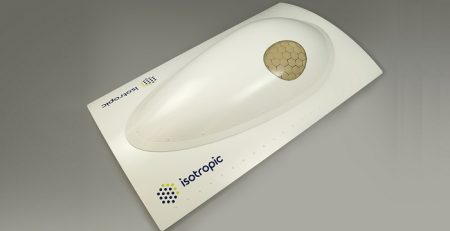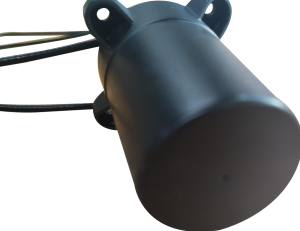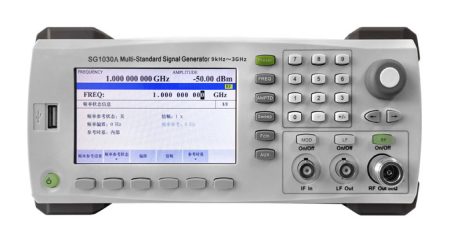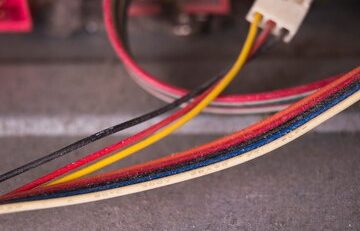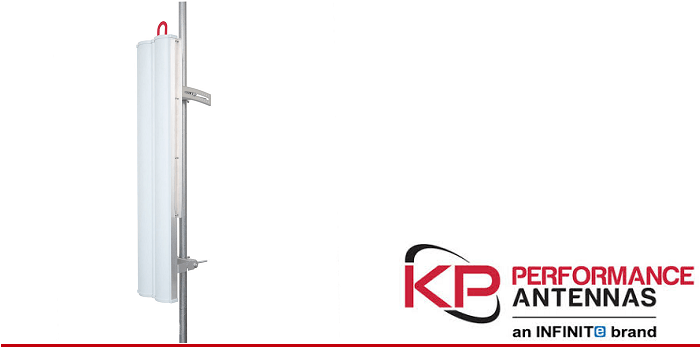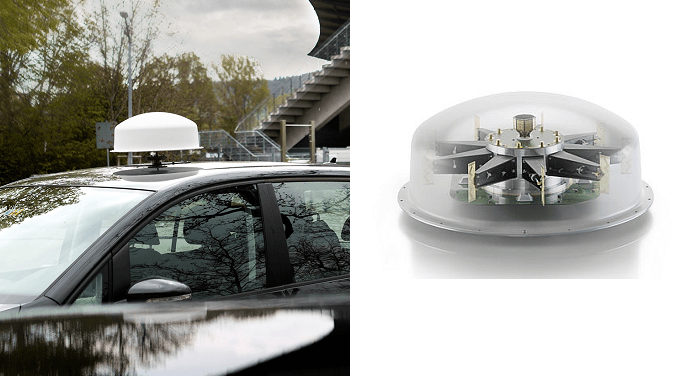How Does a Power Amplifier Change Sound Quality and Performance?
 Exploring the Impact of Power Amplifiers on Sound Quality
Exploring the Impact of Power Amplifiers on Sound Quality
For audio systems, power amplifiers is vital, they can significantly impact sound quality and performance. By increasing the power of audio signals, the sound from your devices could be both robust and clear. Whether you are an audiophile or a professional, if you want to optimize their sound systems and achieve superior audio experiences, understanding how power amplifiers function and their technical nuances can help.
Understanding Power Amplifiers
Definition and Basic Functions
A power amplifier is an electronic device designed to increase the magnitude of input audio signals, enabling loudspeakers to produce sound at higher volumes without distortion. Power amplifiers are, undoubtedly, a foundational part in many audio setups, you can see them in varies locations from home theater systems to professional concert audio equipment. By transforming low-power audio signals into more powerful versions, these amplifiers make the output sound strong and detailed.
Key Components and Their Roles
Power amplifiers comprise several key components, each playing a crucial role in their operation.
- Transistors and Tubes:These elements amplify the audio signal, with transistors used in solid-state amplifiers and tubes in tube amplifiers.
- Heat Sinks:To manage the heat produced during amplification, heat sinks dissipate excess heat, ensuring the amplifier operates smoothly.
- Power Supply Units (PSUs): PSUs convert electrical energy to the desired voltage and current levels needed for amplification.
- Capacitors and Resistors:These components regulate the flow of electrical signals, helping maintain signal integrity and consistency.
 How Power Amplifiers Alter Sound
How Power Amplifiers Alter Sound
Signal Boosting Mechanism
Power amplifiers enhance sound quality by boosting the amplitude of audio signals. When an audio signal enters the amplifier, it is first processed through input stages where the signal’s strength is increased. This amplified signal is then transmitted to the output stage, which drives the loudspeakers at higher volumes. This mechanism ensures that even subtle sounds are amplified clearly without introducing significant distortions.
Impact on Different Audio Frequencies
The influence of power amplifiers extends across various audio frequencies. High-quality amplifiers can deliver consistent performance across low, mid, and high frequencies, ensuring a balanced and comprehensive audio output.
- Low Frequencies:Effective power amplifiers enhance bass sounds, providing depth and richness.
- Mid Frequencies:Clear and accurate amplification of mid-range frequencies ensures that vocals and instruments are distinctly heard.
- High Frequencies:Accurate reproduction of high frequencies adds clarity and detail to the audio, making it crisp and engaging.
Variations in Sound Clarity and Fidelity
High-end power amplifiers are designed to maintain sound clarity and fidelity, ensuring that the audio output is true to the original recording.
- Sound Clarity:By reducing noise and distortion, power amplifiers ensure that every nuance of the sound is clearly heard.
- Sound Fidelity:Accurate reproduction of the audio signal means that the amplifier does not color or alter the original sound, providing a faithful listening experience.
Technical Factors Influencing Sound
Power Output and Distortion
The power output of an amplifier is a significant factor in determining sound quality. Higher power output allows for louder volumes without distortion, particularly important in large settings like concert halls. Conversely, too much power can lead to clipping, which distorts the audio signal. Balancing power output is crucial for maintaining sound integrity.
Impedance Matching
Impedance matching between the amplifier and speakers is essential for optimal performance. Properly matched impedance ensures efficient power transfer from the amplifier to the speakers, minimizing signal loss and preventing potential damage to the components. Poor impedance matching can result in diminished sound quality and increased wear on audio equipment.
Thermal Management
Effective thermal management is crucial in power amplifiers to maintain sound quality and prolong the lifespan of the device. Excessive heat can lead to component degradation and increased noise, impacting audio clarity. High-quality amplifiers incorporate advanced thermal management techniques, such as heat sinks and cooling fans, to dissipate heat efficiently and keep the amplifier operating within optimal temperature ranges.
Comparative Analysis: Tube vs. Solid-State Amplifiers
Historical Background and Advancements
Tube amplifiers, also known as valve amplifiers, have a long-standing history in the audio industry. They were predominantly used in early audio equipment and are cherished for their warm, rich sound. Despite being overtaken in popularity by solid-state amplifiers in the mid-20th century, tube amplifiers have seen a resurgence among audiophiles who appreciate their distinct sound characteristics. Solid-state amplifiers, on the other hand, utilize semiconductor transistors and have become the standard in modern audio equipment due to their reliability, efficiency, and durability.
Sound Characteristics of Tube Amplifiers
Tube amplifiers are renowned for their warm, rich, and often described as “organic” sound quality. They produce a type of harmonic distortion that is pleasing to the human ear, which contributes to their beloved status among enthusiasts. This harmonic distortion, often referred to as the “tube sound,” adds a pleasant coloration to the audio that many audiophiles find desirable. However, tube amplifiers can be less efficient and typically require more maintenance compared to their solid-state counterparts.
Solid-State Amplifier Benefits
Solid-state amplifiers offer several advantages including efficiency, reliability, and robust performance. They provide clear and precise sound reproduction with minimal distortion, making them ideal for both professional and personal audio applications. Solid-state technology is durable and requires less maintenance, as there are no tubes to replace. Additionally, they are more energy-efficient and generate less heat, which contributes to their widespread use in modern audio systems.
Use Case Scenarios for Each Type
Both tube and solid-state amplifiers excel in different use scenarios. Tube amplifiers are often favored in home audio setups where listeners can enjoy the warm, harmonious sound at lower volumes. They are also popular among electric guitarists who prefer the unique tone and distortion characteristics. Solid-state amplifiers, with their efficiency and reliability, are ideal for large-scale professional audio systems, such as concert venues and recording studios, where clear and accurate sound reproduction is paramount. Each type of amplifier has its strengths and is suited to different listener preferences and technical requirements.
 Evaluating the Need for a Power Amplifier Upgrade
Evaluating the Need for a Power Amplifier Upgrade
Common Scenarios Indicating an Upgrade
Several scenarios might indicate the need for a power amplifier upgrade. An obvious sign is if your current amplifier can no longer drive your speakers efficiently, resulting in frequent clipping or distortion at higher volumes. Another scenario is the desire for improved sound quality, where an upgrade could provide clearer, more detailed audio. Additionally, newer audio formats and higher resolution audio sources often require advanced amplification technology to fully realize their potential.
Assessment Criteria for Choosing a New Amplifier
When considering a new amplifier, several key criteria should be assessed:
- Power Output:Ensure the amplifier’s power output matches the requirements of your speakers.
- Impedance Compatibility:Check that the amplifier and speakers have compatible impedance ratings.
- Sound Quality:Evaluate the amplifier’s performance through reviews and listening tests to ensure it meets your sound quality expectations.
- Features:Consider additional features such as connectivity options, built-in digital-to-analog converters (DACs), and manageability.
Cost-Benefit Analysis
Investing in a power amplifier requires a careful cost-benefit analysis. Higher-priced amplifiers often provide superior components and build quality, which can translate into enhanced sound performance and durability. However, it’s important to align your purchase with your listening needs and budget. Weighing the incremental benefits of higher-end models against their cost ensures that your investment provides significant value for your audio setup. Researching and comparing different models within your price range can also help in making an informed decision.
RFecho
In the rock concert of electronics, where circuits strum and signals drum, RFecho‘s Power Amplifier is the lead guitarist. It’s like the Jimi Hendrix of the electronics world – powerful, dynamic, and always ready to crank up the volume.
Think of RFecho’s Power Amplifier as the personal trainer for your signals. It’s like the Rocky Balboa of amplifiers, pushing your signals to their limits, helping them bulk up and reach their full potential. It’s the ultimate motivator, ensuring that your signals always give a stellar performance.
But RFecho’s Power Amplifier isn’t just about power. It’s about precision too. It’s like the Swiss watchmaker of the electronics world, fine-tuning your signals with meticulous attention to detail. It’s the maestro, conducting a symphony of signals with grace and precision.
Frequently Asked Questions about Power Amplifiers
Do Higher Wattages Mean Better Sound Quality?
Higher wattages do not necessarily equate to better sound quality. While higher wattage amplifiers can drive speakers at louder volumes and handle larger spaces, sound quality is influenced by several other factors including signal-to-noise ratio, total harmonic distortion, and the design of the amplification circuitry. Ultimately, the goal is to match an amplifier’s power capabilities with the requirements of your speakers and listening environment for optimal performance.
How Do Input Sources Affect the Performance?
The quality of input sources significantly affects the overall performance of a power amplifier. High-quality sources such as CD players, high-resolution digital audio files, and turntables with good cartridges will contribute to a better sound output. Lower quality sources can introduce noise and distortion, which the amplifier will then reproduce and amplify. Therefore, investing in good input sources is essential for achieving high audio fidelity.
Can Power Amplifiers Remove Noise?
Power amplifiers are not typically designed to remove noise from audio signals. In fact, they can sometimes amplify the noise present in the input signal. It’s crucial to address any noise issues at the source, using high-quality cables, well-shielded equipment, and proper grounding techniques to minimize noise before it reaches the amplifier. Some modern amplifiers may include features to help mitigate noise, but prevention at the source is always the best strategy.
Final Thoughts
Power amplifiers significantly impact sound quality and system performance, influencing everything from volume levels to overall audio clarity. Whether opting for a tube amplifier’s warm sound or a solid-state amplifier’s precision, understanding the various factors and technologies involved can help you make an informed choice. Thorough research, critical listening, and assessing personal audio preferences are integral to optimizing your audio system for the ultimate listening experience. The correct amplifier, matched properly to your setup, can transform your audio experience, offering a more immersive and satisfying sound.


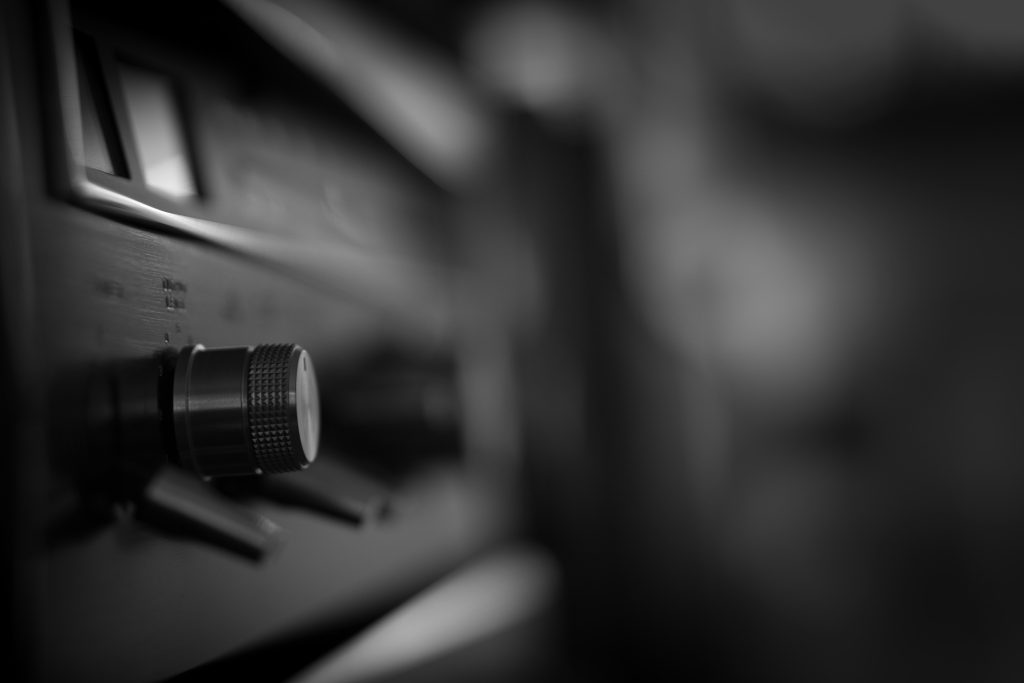 Exploring the Impact of Power Amplifiers on Sound Quality
Exploring the Impact of Power Amplifiers on Sound Quality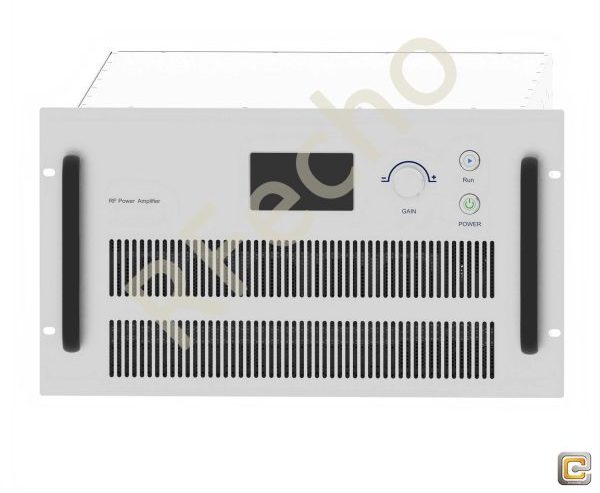 How Power Amplifiers Alter Sound
How Power Amplifiers Alter Sound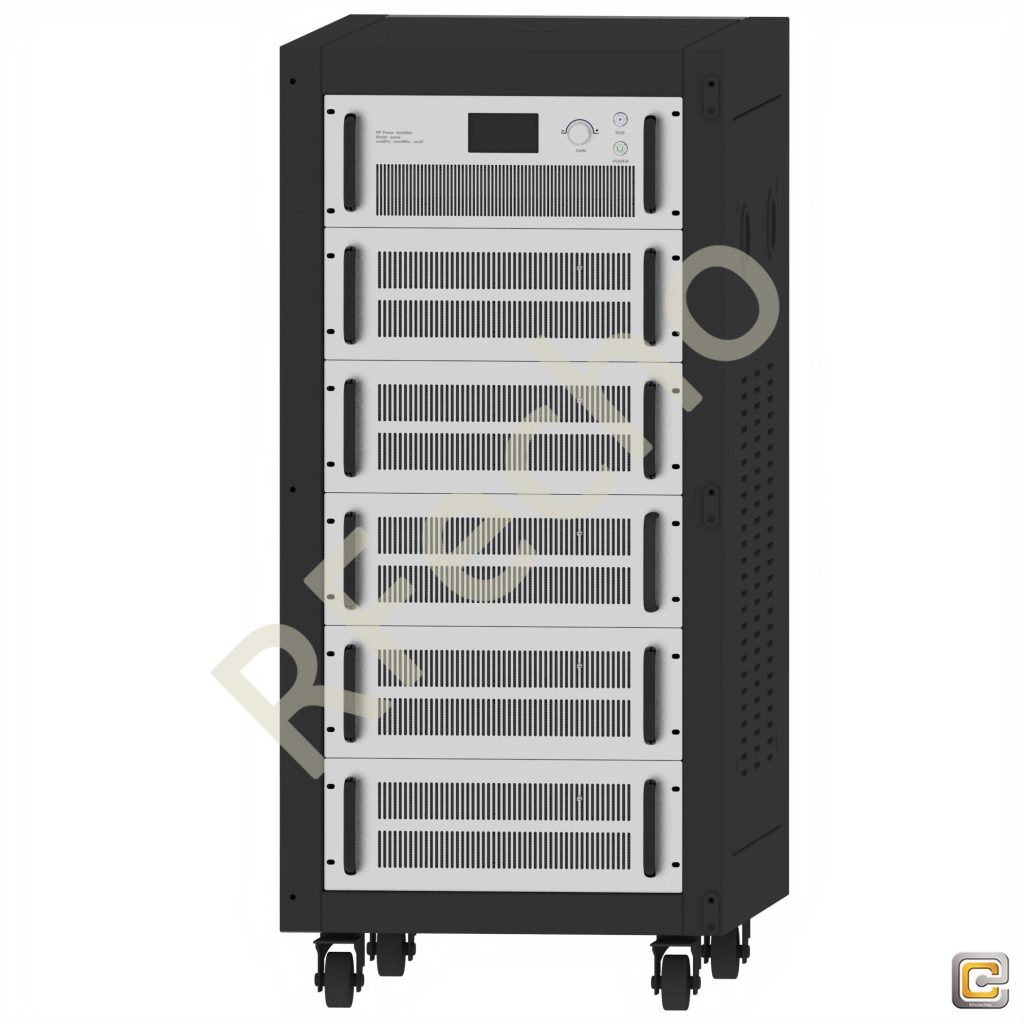 Evaluating the Need for a Power Amplifier Upgrade
Evaluating the Need for a Power Amplifier Upgrade